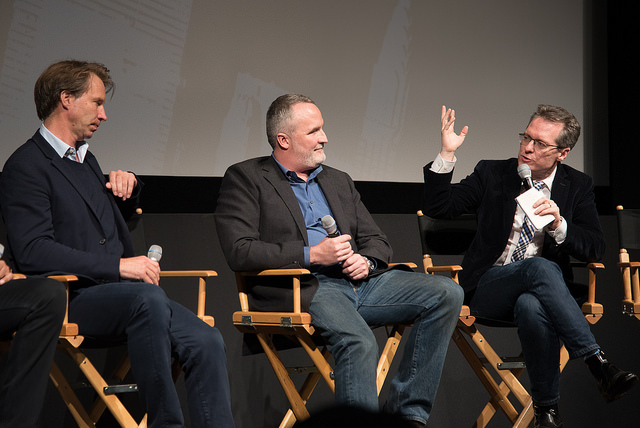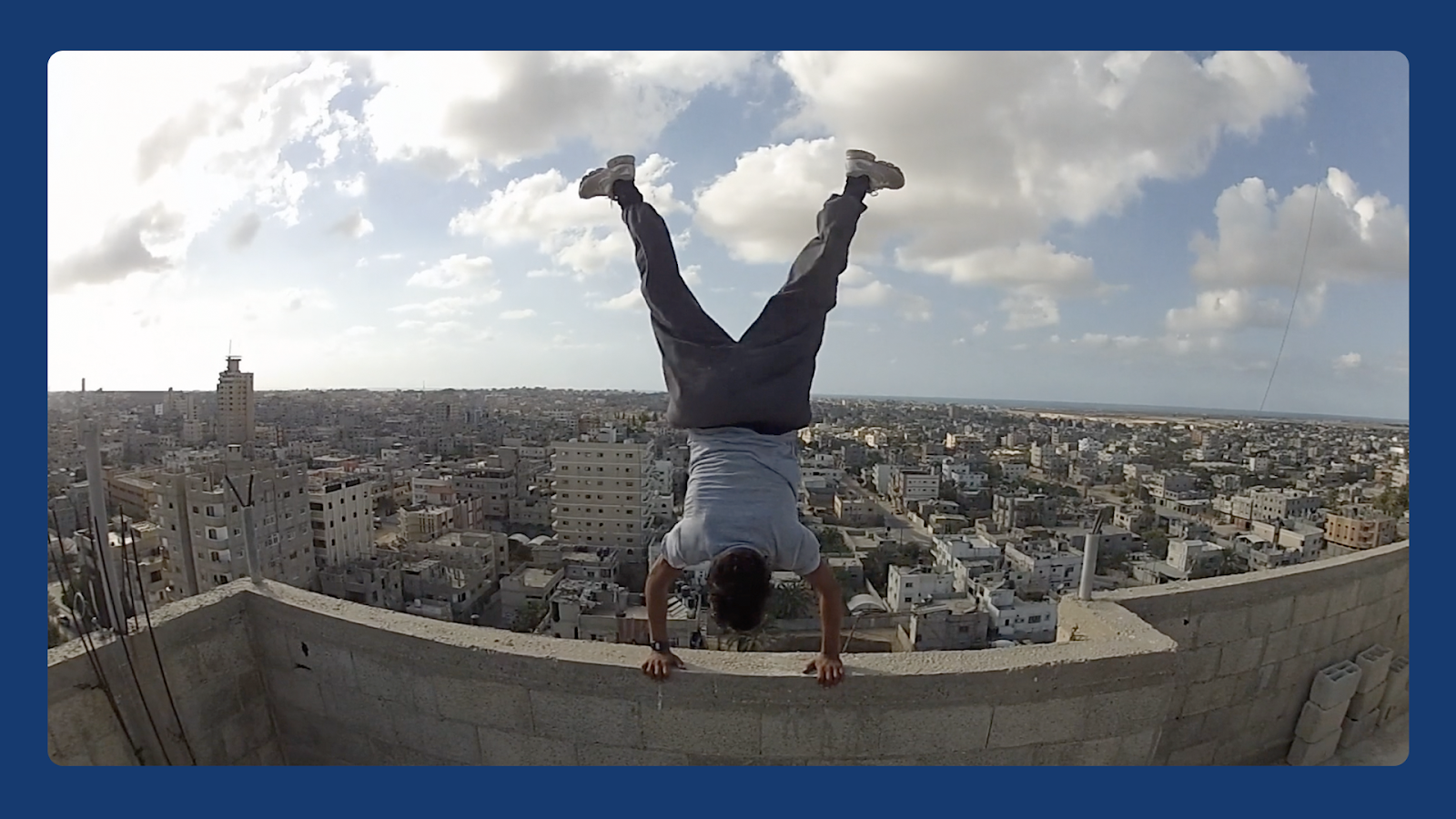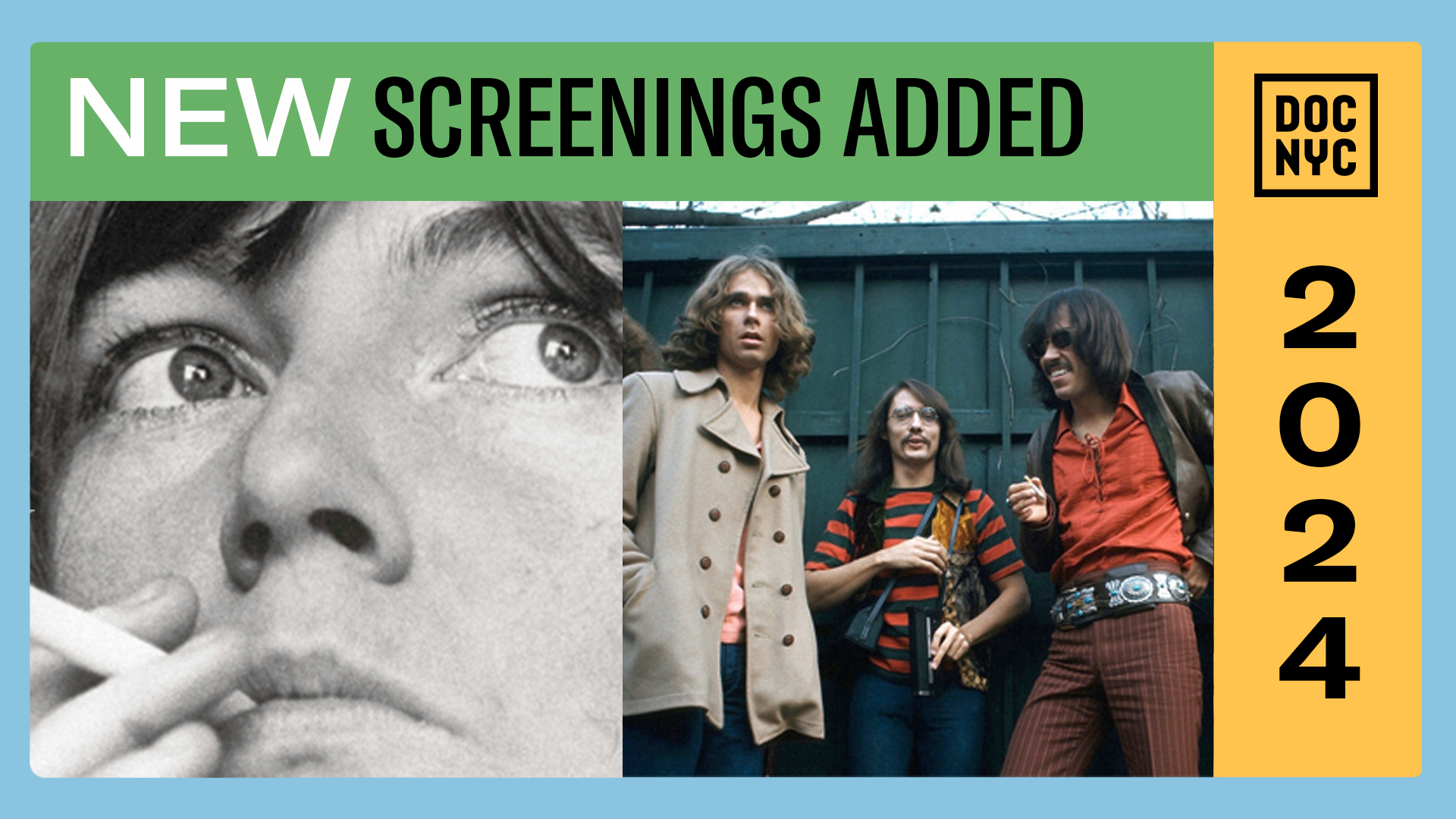Breaking Down Sounds and Building Brilliant Songs PBS series deconstructs memorable moments in music recording


Written by Kate Hoos
Soundbreaking: Stories From the Cutting Edge of Recorded Music is a treat for both serious and casual music fans. But it might be an even bigger delight for gear heads and those who are interested in the ways in which the songs they love were crafted, with an intimate, behind the scenes look into some of the greatest, most well known songs and artists of the modern era. The first two episodes of this eight part series made their New York debut this past Sunday at DOC NYC, and the remaining episodes will appear on PBS starting this week. There will be an encore sneak peak of episodes three and four showing on Thursday, November 17th at IFC Center.
The first episode, “The Art of Recording,” takes a look at some of the most legendary producers recorded music has known and their role in shaping techniques, styles, and tastes at a time of rapidly evolving technology and levels of creativity. The film explores a myriad of different styles from the heavy hand of Phil Spector and his “Wall Of Sound,” to funk legend Sly Stone who took the process into his own hands, and the more stripped down singer songwriter movement which favored minimalism and even prompted such artists as Joni Mitchell to have a “no producer” clause in her contract. We also take a look into the shaping of totally new methodologies and styles, with a look at hip-hop producer Dr. Dre, a pioneering visionary of the genre.
In episode two, “Painting With Sound,” we see the boundaries of music pushed and expanded in ways never possible before the advent of enhanced abilities to multi-track. Artists went from playing their songs live in an attempt to replicate their on-stage sound, to making their songs come truly alive in the studio, creating for the first time music that could not be reproduced on stage. In one segment, we get to see Giles Martin, son of producer George Martin, deconstruct a truly prophetic Beatles song, “Tomorrow Never Knows.” Recorded in 1966, it was decades ahead of it’s time with the use of loops and samples, a practice unheard of in that era and foretelling of the explosion of sampling in the 1980s. The obsessive process of Brian Wilson in creating the iconic album “Pet Sounds” is also explored, along with the intricate world of Pink Floyd. Lastly, we see the move toward the “bedroom studio” era with contemporary artists like St. Vincent, Bon Iver and Tune-Yards, who explain their process in taking the studio into their own hands and making records on their computers at home.
There is a wide range explored in just these two episodes, and the rest of the series is sure to delve deeper into the sounds we know and love. Music is a vital part of the human experience, and Soundbreaking is a rich look into what Martin called a “very deep ocean” during the Q&A following the screening. Martin also expressed his admiration for other producers, and said how grateful he was to finally get answers to questions he’s “always wanted to ask” of his peers. “It was wonderful to hear [from] the people who have been responsible for so much of the emotion that I’ve had in life,” he said, “because that’s what records are.”
Kate Hoos is a musician, writer, freelance photographer, and social media consultant whose work has appeared in Bust, Tom Tom Magazine, Homoground, and on countless band websites. She is a member of the organizing committee for the Punk Island Festival and plays guitar in the band Lady Bizness.


